Mastering Google Ads is no longer optional—it’s essential for businesses aiming to thrive in the digital marketplace. As one of the most powerful advertising platforms globally, Google Ads enables brands to reach their target audiences with precision, driving conversions, and maximizing ROI. However, mastering this platform requires more than just a basic understanding of keywords and bids—it demands strategic planning, technical proficiency, and a deep appreciation for user behavior. Whether you’re a seasoned marketer or a newcomer to digital advertising, this guide will walk you through the steps needed to unlock the full potential of Google Ads.
Understanding the Foundations of Google Ads
Before diving into the nitty-gritty, it’s crucial to grasp the fundamental principles of Google Ads. At its core, Google Ads operates on a pay-per-click (PPC) model, meaning advertisers only pay when users click on their ads. This pay-for-performance structure ensures that your budget is allocated efficiently, rewarding high-quality campaigns with increased visibility.
Google Ads functions through auctions, where advertisers bid on specific keywords or topics. The auction determines which ads appear in search results and where they rank. Factors such as bid amount, ad relevance, landing page experience, and historical performance all influence the outcome. Winning the auction doesn’t guarantee success—it merely secures your ad’s placement. Delivering a compelling user experience is what ultimately drives clicks and conversions.
To succeed in this competitive environment, you need a clear understanding of your audience, objectives, and metrics. Define your goals—whether it’s driving traffic, generating leads, or boosting sales—and align your campaigns accordingly. This clarity forms the foundation of an effective strategy.
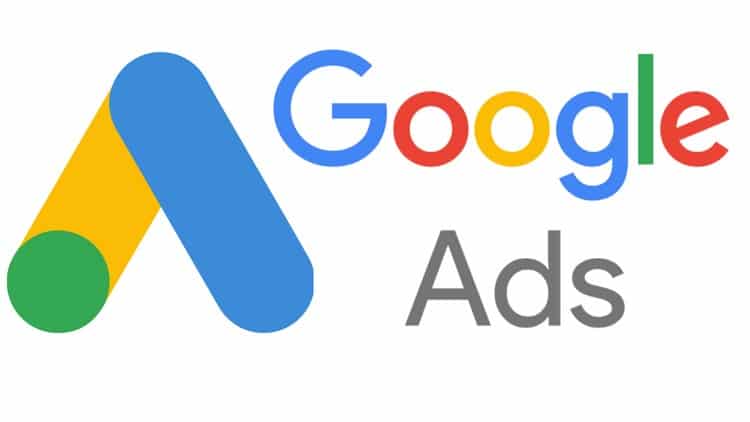
Setting Up Your Campaign: The First Steps
Creating a successful Google Ads campaign begins with meticulous preparation. Start by logging into your Google Ads account and navigating to the “Campaigns” tab. Click on the blue “+” button to begin setting up a new campaign. Here’s how to proceed:
Step 1: Choose Your Campaign Type
Google Ads offers various campaign types, each suited to different objectives. For most businesses, the Search Network campaign is the best starting point. This option targets users searching for relevant terms on Google and its partner sites. Other options include Display Network, Shopping, and Video campaigns, depending on your goals.
Select your campaign objective from the dropdown menu. Common choices include website traffic, lead generation, and online sales. Each objective triggers a series of automated optimizations tailored to your goals.
Step 2: Set Your Budget and Bidding Strategy
Your budget and bidding strategy form the backbone of your campaign. Begin by defining your daily budget, which determines how much you’re willing to spend on ads each day. Keep in mind that Google recommends allocating at least 50−100 per day for new campaigns to generate sufficient data.
Next, choose a bidding strategy. Manual CPC (cost-per-click) gives you full control over your bids, while automated bidding options like Target CPA (cost-per-acquisition) or Maximize Conversions let Google optimize bids for you. For beginners, automated bidding is often the safer choice, as it balances cost-efficiency with performance.
Step 3: Craft Compelling Ad Copy
Ad copy is the face of your campaign, so invest time in crafting compelling messages. Start by selecting relevant keywords that align with your audience’s search intent. For example, if you sell running shoes, target terms like “best running shoes for women” or “comfortable trail running shoes.”
Write ad headlines and descriptions that grab attention and convey value. Include a strong call-to-action (CTA) such as “Shop Now,” “Learn More,” or “Sign Up Today.” Highlight unique selling propositions (USPs) like discounts, free shipping, or customer testimonials. Aim for clarity and conciseness, keeping your message focused and actionable.
Step 4: Optimize Your Landing Page
A great ad is only as good as the landing page it leads to. Ensure that your destination URL aligns with the ad’s messaging and provides a seamless user experience. Key elements include:
- Clear Headline: Match the landing page headline with your ad copy to reinforce relevance.
- Relevant Content: Provide detailed information about your product or service, addressing common objections.
- Prominent CTA: Place your CTA button prominently above the fold to encourage immediate action.
- Mobile Optimization: Ensure your landing page loads quickly and adapts to mobile screens.
- Trust Signals: Include logos, certifications, and testimonials to build credibility.
Advanced Techniques for Enhanced Performance
Once your foundational setup is complete, it’s time to explore advanced techniques that elevate your campaigns. These strategies require careful implementation but yield significant returns when executed correctly.
Negative Keywords: Filtering Irrelevant Traffic
Negative keywords prevent your ads from appearing for irrelevant searches. For instance, if you sell running shoes but not hiking boots, exclude terms like “hiking gear” or “camping equipment.” Adding negative keywords reduces wasted impressions and ensures your budget targets high-intent audiences.
To add negative keywords, navigate to the “Keywords” tab within your campaign and click “Add Negative Keywords.” Enter terms you want to exclude, separated by commas. Regularly review your search terms report to identify additional negatives.
Audience Targeting: Reaching the Right People
Audience targeting allows you to refine your reach based on demographics, interests, and behaviors. Google Ads offers several targeting options:
- Demographic Targeting: Specify age, gender, parental status, and household income to align your ads with your ideal customer.
- Interest-Based Targeting: Reach users based on their hobbies, lifestyle, and preferences. For example, target sports enthusiasts if you sell athletic apparel.
- Behavioral Targeting: Focus on users who have shown intent to purchase, such as those who recently visited your site or added items to their cart.
Combine multiple targeting methods to create tightly segmented audiences. This approach improves ad relevance and boosts click-through rates (CTR).
Ad Extensions: Maximizing Real Estate
Ad extensions expand your ad’s visibility by adding supplementary information. Types of extensions include:
- Sitelink Extensions: Link to additional pages on your site, such as product categories or special offers.
- Callout Extensions: Highlight USPs like “Free Shipping” or “24/7 Customer Support.”
- Structured Snippet Extensions: Showcase specific features of your product or service.
- Location Extensions: Display your business address and contact information.
Extensions increase your ad’s real estate on the search results page, improving click-through rates and click value.
Conversion Tracking: Measuring Success
Conversion tracking is the linchpin of any successful campaign. By setting up conversion goals, you can measure the effectiveness of your ads and optimize accordingly. Common conversions include purchases, sign-ups, form submissions, and phone calls.
To set up conversion tracking, navigate to the “Conversions” tab and click “+ Conversion.” Select the type of conversion you want to track and follow the prompts to install the necessary code snippet on your site. Regularly review your conversion data to identify high-performing ads and adjust your strategy.
Continuous Improvement: Refining Your Strategy
Mastering Google Ads is an iterative process. To sustain success, you must continually analyze performance, test hypotheses, and refine your approach. Here’s how to stay ahead of the curve:
A/B Testing: Experimenting for Growth
A/B testing involves comparing two versions of an ad to determine which performs better. Test variables such as headlines, CTAs, images, and landing pages. Run experiments simultaneously, ensuring that all other factors remain constant. Analyze the results to identify winning combinations and apply insights to future campaigns.
Seasonality and Trends: Staying Agile
Seasonal trends and market shifts require constant adaptation. Monitor industry benchmarks, competitor activity, and emerging trends to stay relevant. Adjust your bids, ad copy, and targeting parameters accordingly. For example, increase bids during peak shopping seasons or introduce seasonal promotions to capitalize on consumer behavior.
Staying Updated: Keeping Pace with Innovation
Google regularly updates its platform with new features and tools. Stay informed about these developments to leverage cutting-edge capabilities. Follow Google’s official blog, attend webinars, and join online communities to keep abreast of the latest trends and best practices.
Achieving Mastery Through Persistence
Mastering Google Ads in 2025 requires dedication, adaptability, and a willingness to embrace change. By following the steps outlined in this guide—setting clear objectives, optimizing your campaigns, and continuously refining your approach—you can unlock the full potential of Google Ads. Remember, success doesn’t happen overnight; it requires patience, persistence, and a commitment to excellence.
As you embark on your journey, keep in mind that Google Ads is not just a tool—it’s a mindset. It demands a deep understanding of your audience, a strategic approach to optimization, and an unwavering focus on delivering value. By embracing these principles, you’ll not only master Google Ads but also position your business for long-term success in the digital age.


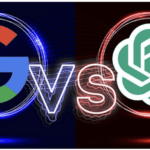


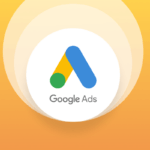

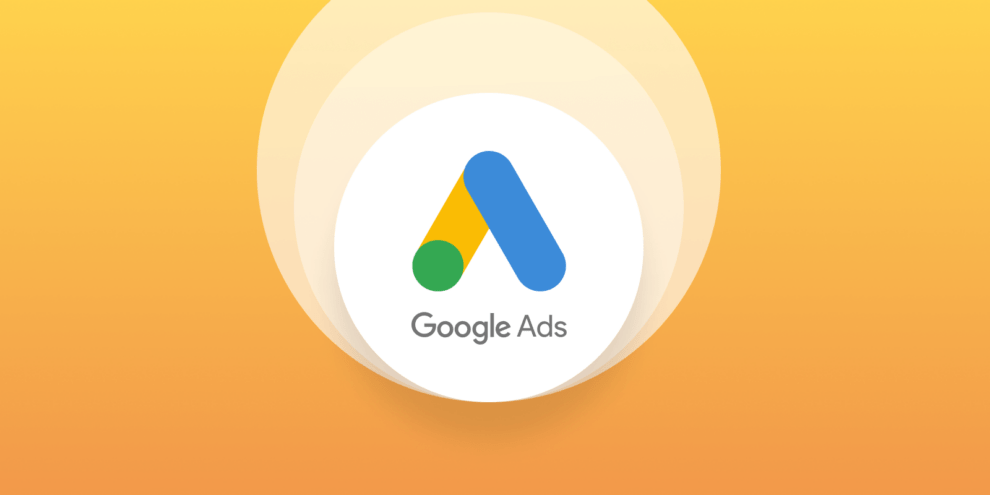
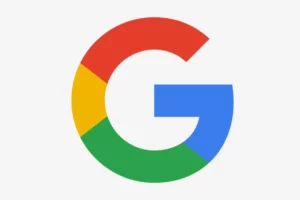







Add Comment